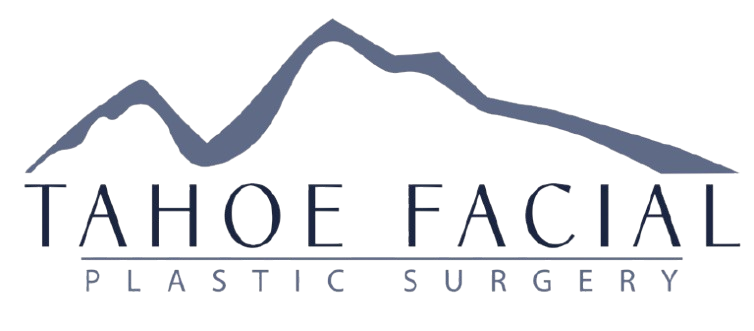Ethnic Rhinoplasty: Enhancing Beauty Without Erasing Identity

In the realm of cosmetic surgery, the nose often takes center stage. Its central location on the face makes it a defining feature, influencing overall harmony and balance. For individuals considering rhinoplasty, the desire for aesthetic improvement is often coupled with a deep connection to their cultural identity. This is where the specialized field of ethnic rhinoplasty shines.
More than just a surgical alteration, ethnic rhinoplasty is a nuanced approach that respects and preserves the unique nasal characteristics inherent to various ethnicities. It moves beyond a one-size-fits-all mentality, acknowledging the beautiful diversity in nasal structure across different backgrounds, including Asian, African-American, Middle Eastern, and Hispanic.
Beyond the "Caucasian Ideal": Recognizing Diversity in Nasal Anatomy
Traditional rhinoplasty techniques were often based on Caucasian nasal anatomy. Applying these same techniques to individuals of other ethnicities could inadvertently lead to a "westernized" appearance, potentially erasing the very features that contribute to their unique beauty and heritage.
Ethnic rhinoplasty surgeons understand that nasal anatomy varies significantly. For instance:
- Asian noses often have a lower dorsum (bridge), a less defined tip, and thicker skin.
- African-American noses can present with a wider base, thicker skin, and a lower, wider bridge.
- Middle Eastern noses may have a prominent dorsal hump and a drooping tip.
- Hispanic noses can exhibit a variety of characteristics, often including a thicker skin and a less projected tip.
The Goal: Enhancement, Not Erasure
The fundamental principle of ethnic rhinoplasty is to enhance the existing beauty of the nose while maintaining its ethnic identity. The focus is on achieving balance and harmony within the context of the individual's overall facial features and heritage. This means:
- Refining the shape: Addressing concerns like a wide bridge, a prominent hump, or a bulbous tip in a way that complements the individual's other features.
- Improving function: Correcting breathing issues or structural abnormalities.
- Preserving cultural identity: Ensuring the surgical outcome respects and reflects the patient's ethnic background, avoiding the creation of a nose that looks out of place with their other features.
The Importance of a Specialized Surgeon
Choosing a surgeon experienced in ethnic rhinoplasty is paramount. These surgeons possess:
- A deep understanding of diverse nasal anatomies: They recognize the subtle differences and nuances across various ethnicities.
- Specialized surgical techniques: They are skilled in techniques that address the specific challenges and considerations of different nasal structures and skin types.
- An artistic eye for balance and harmony: They understand how to enhance the nose while respecting the patient's overall facial aesthetics and ethnic identity.
- Sensitivity to cultural considerations: They engage in open and honest conversations with patients to understand their goals and ensure their cultural identity is honored.
A Journey of Empowerment and Confidence
Ethnic rhinoplasty is more than just a cosmetic procedure; it's an opportunity for individuals to feel more confident and comfortable in their own skin, without sacrificing the beauty of their heritage. By choosing a skilled and understanding surgeon, individuals can embark on a journey of enhancement that celebrates their unique identity and empowers them to embrace their natural beauty.
If you are considering rhinoplasty and want to ensure your ethnic identity is respected and preserved, seeking a consultation with a surgeon specializing in ethnic rhinoplasty is the first and most important step. It's an investment in your confidence and a celebration of the beautiful diversity that makes us all unique.
Read More Blogs!
Keep up with our latest blog posts and connect with our community!
